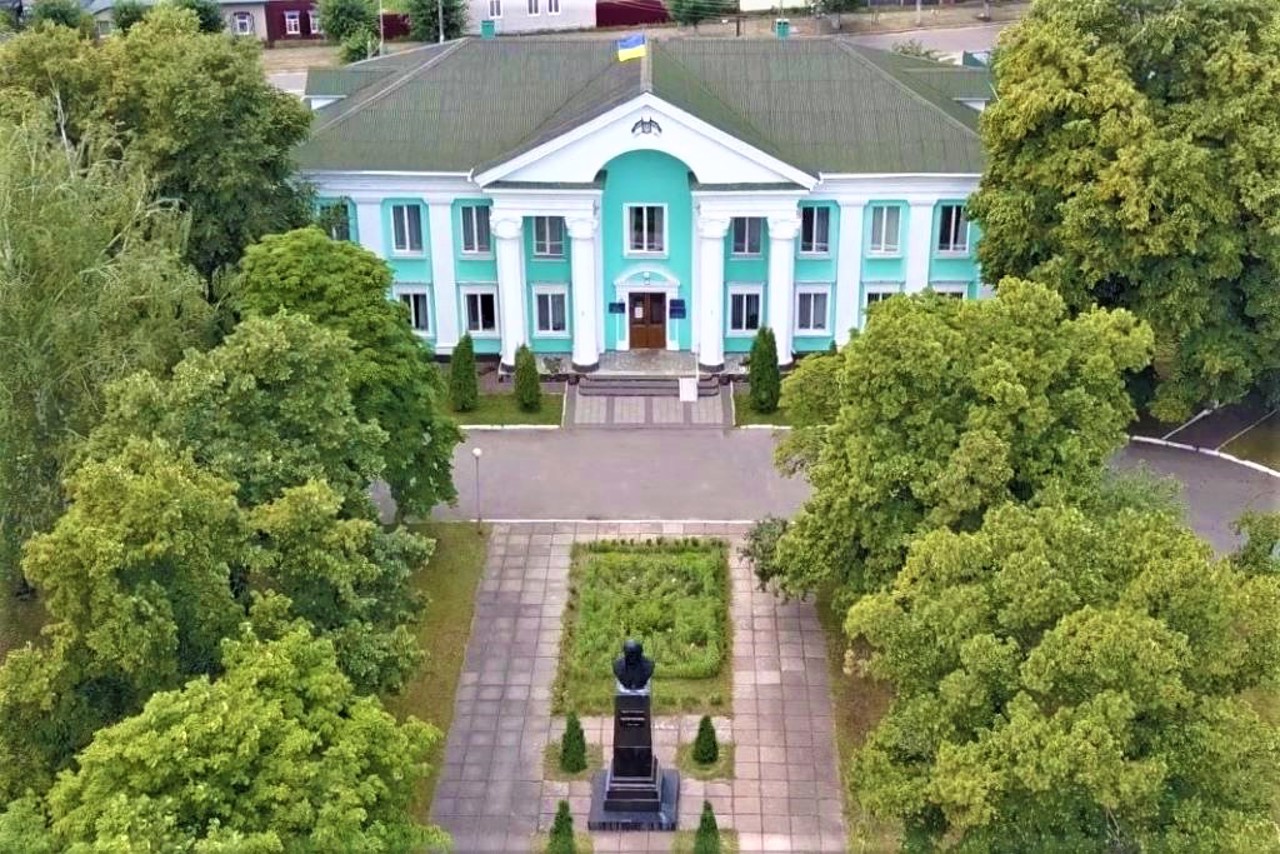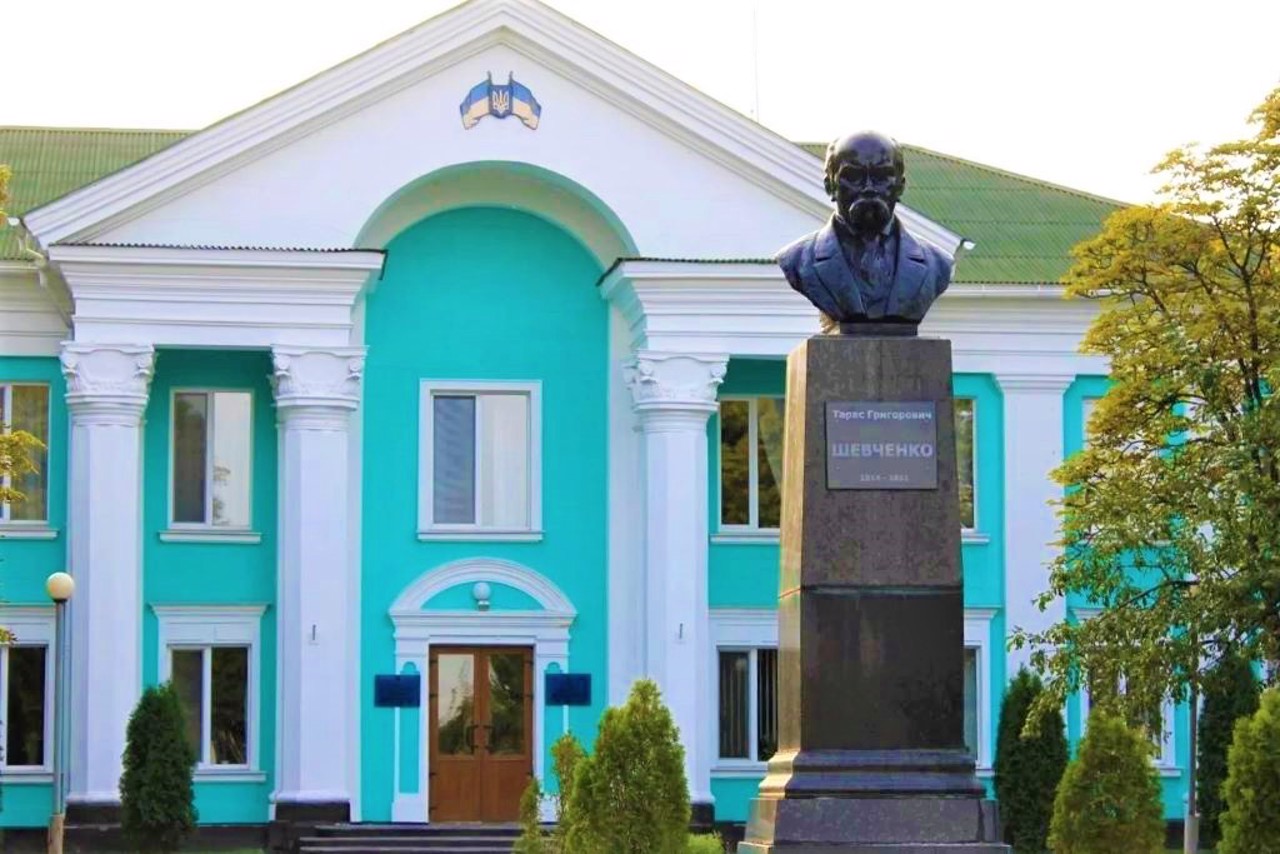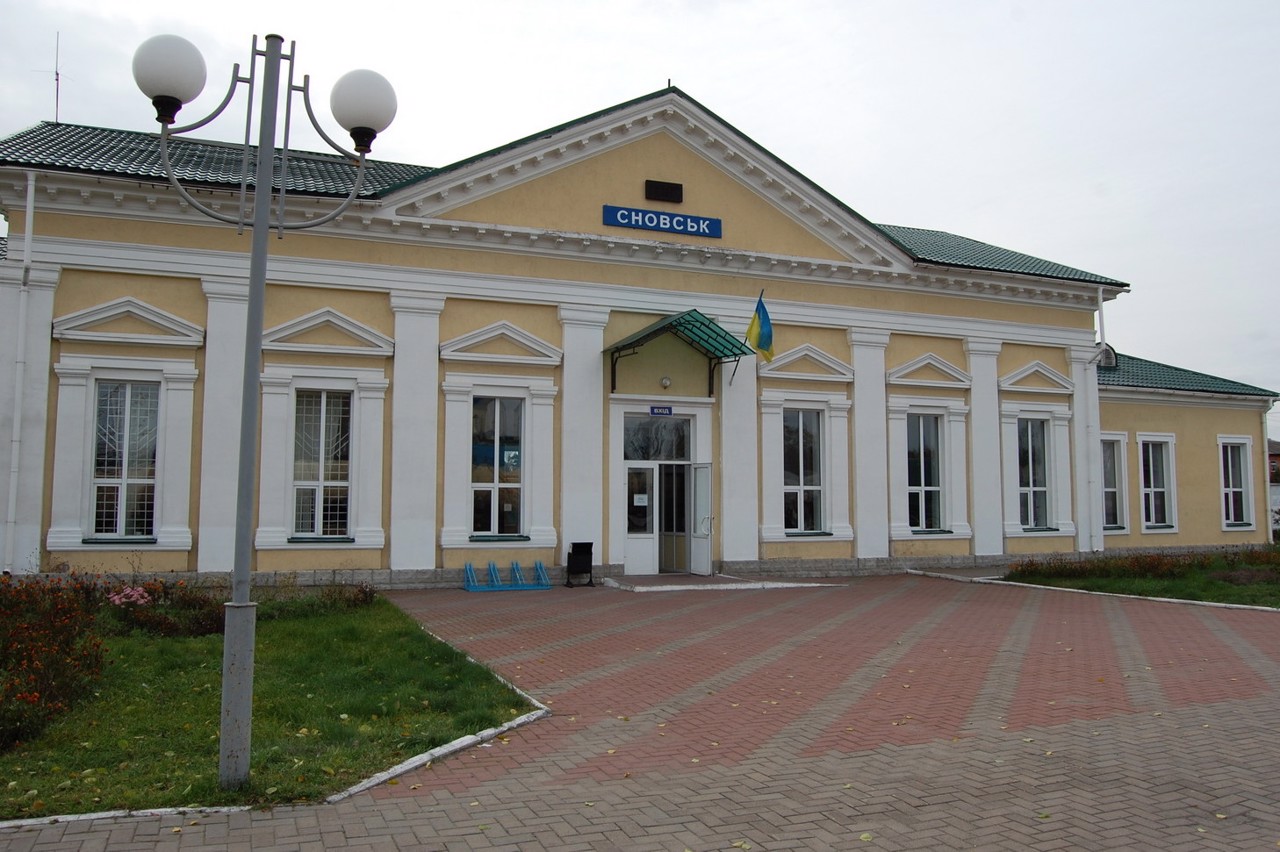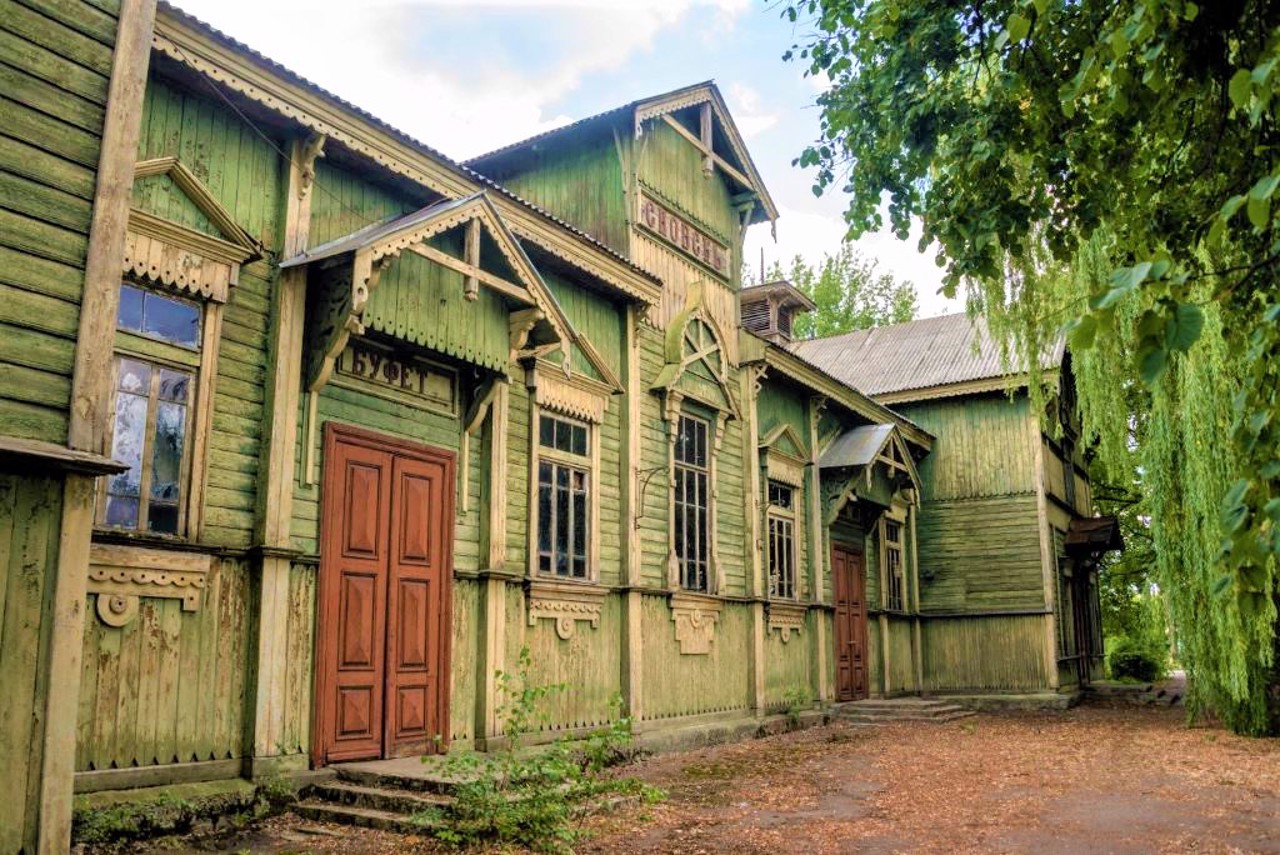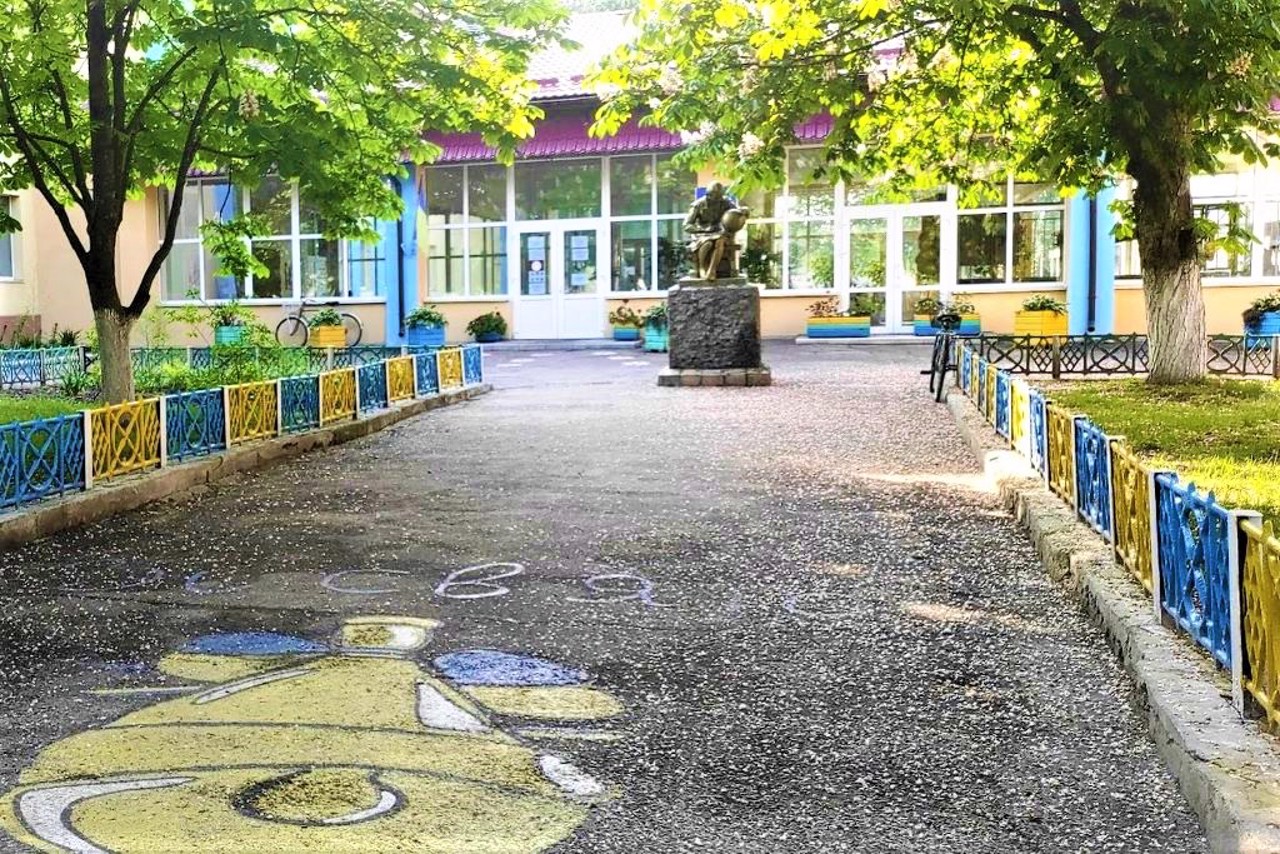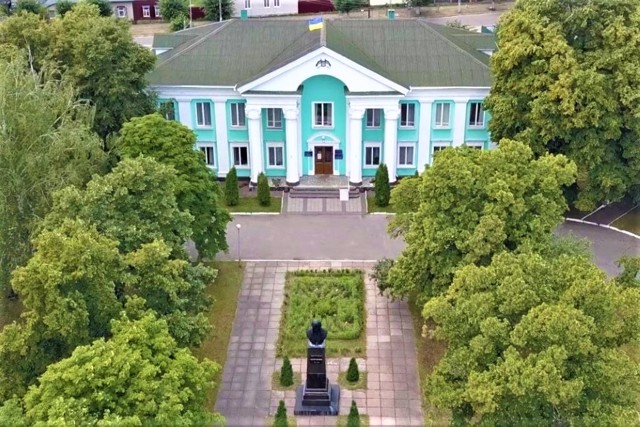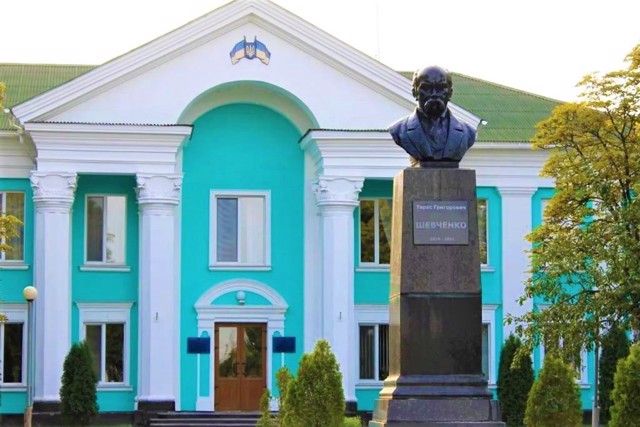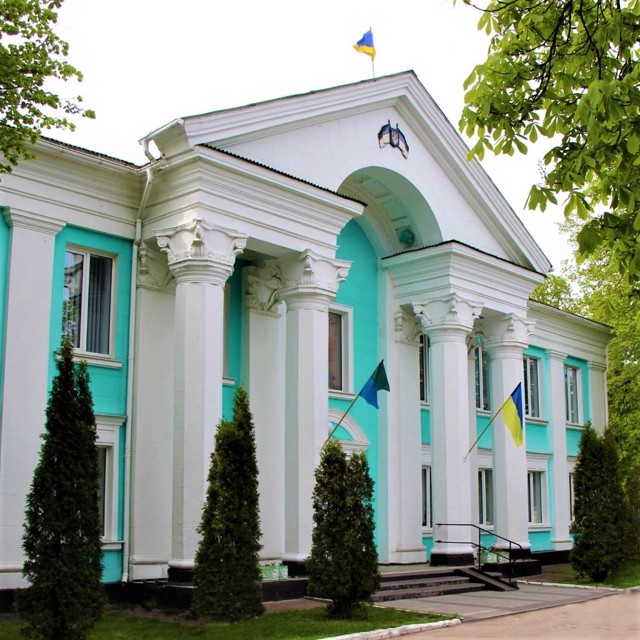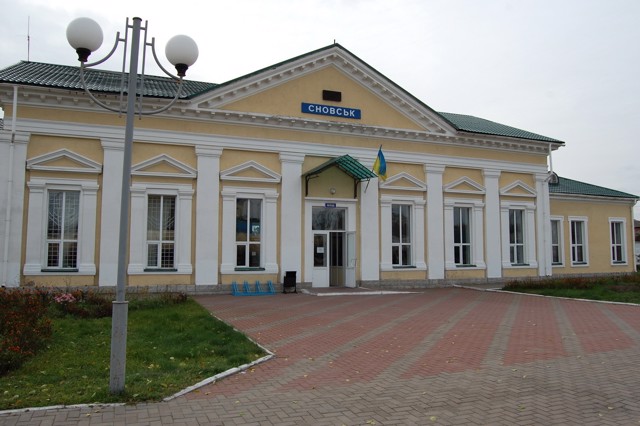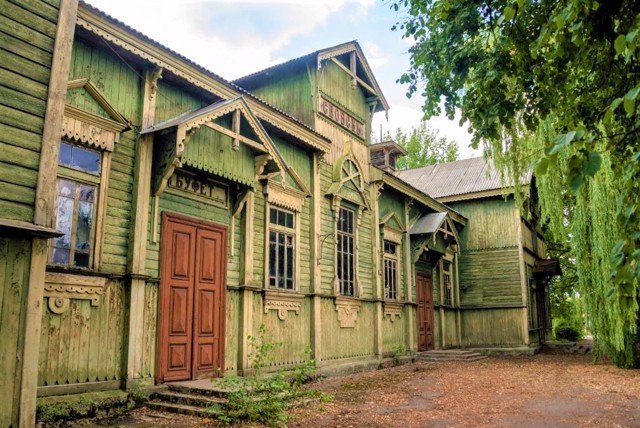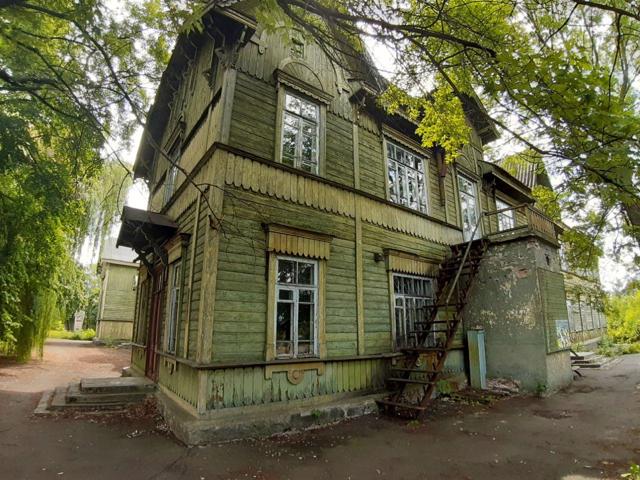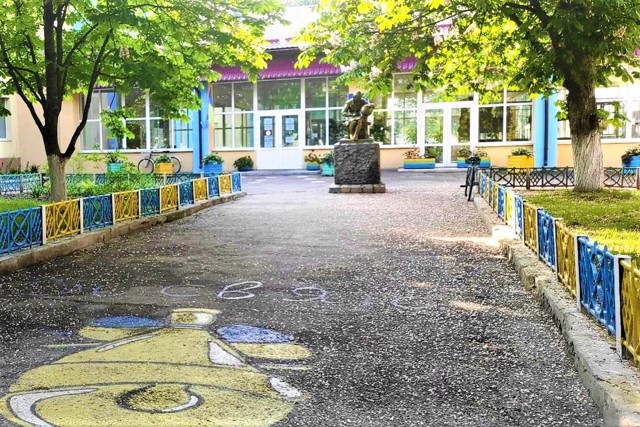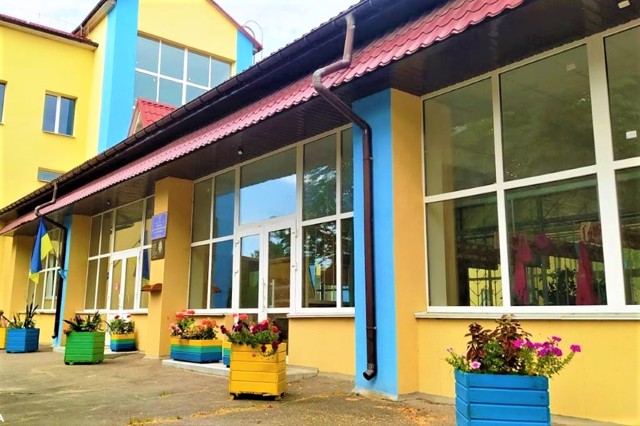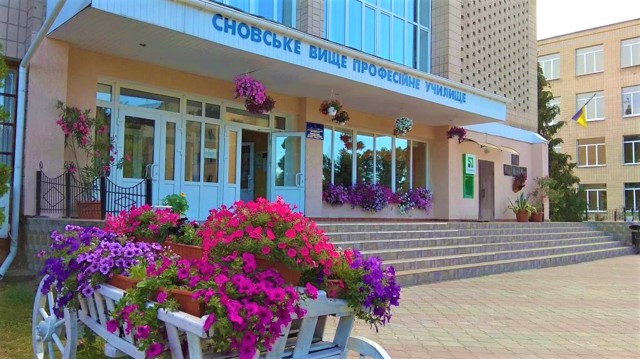Functional temporarily unavailable
General information about Snovsk
The city of Snovsk on the Snov River is located 65 kilometers northeast of Chernihiv.
It has been known since 1861 as the village of Korzhivka, founded by the peasant Korzh. It was developed at the beginning of the 20th century during the construction of the Homel - Bakhmach railway. Since 1924, it was called Snovsk. In 1934, it was renamed to Shchors in honor of the Bolshevik Shchors, a red commissar who was born here in 1895.
The historical name of Snovsk was returned to the city in 2016. There is a large railway depot.
Місто Сновськ над річкою Снов розташоване в 65 кілометрах на північний схід від Чернігова.
Відоме з 1861 р як хутір Коржівка, заснований селянином Коржем. Розвиток отримало на початку XX століття при будівництві залізниці Гомель - Бахмач. З 1924 року називалося Сновськ. В 1934 році перейменоване на Щорс на честь більшовика Щорса, червоного комдива, який народився тут в 1895 році.
Історичну назву Сновськ повернуто місту в 2016 році. Діє велике залізничне депо.
Сплануй своє перебування у Snovsk
What to see and where to go in Snovsk
Tourist attractions and museums of Snovsk
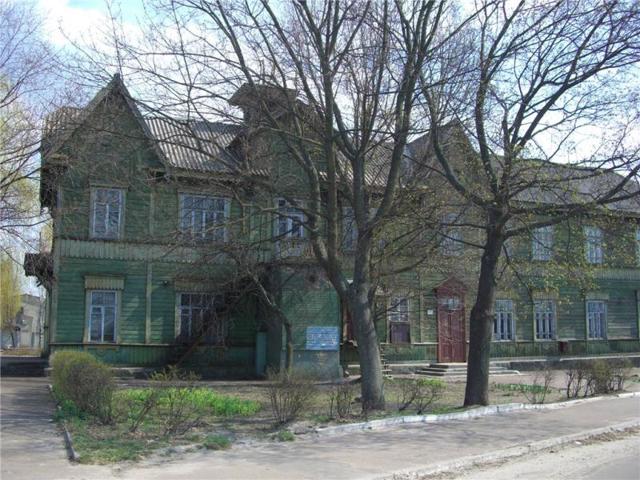
Railwaymen's Club
Architecture
The wooden building of the Railwaymen's club in the city of Snovsk was built in 1927 by master Leonid Veselov, who also built a railway station, a bridge and a church in the city.
The Snovsk railwaymen's club served as the scenery of the railway station during the filming of the Russian TV series "Heavy Sand", part of which takes place in pre-revolutionary Snovsk.
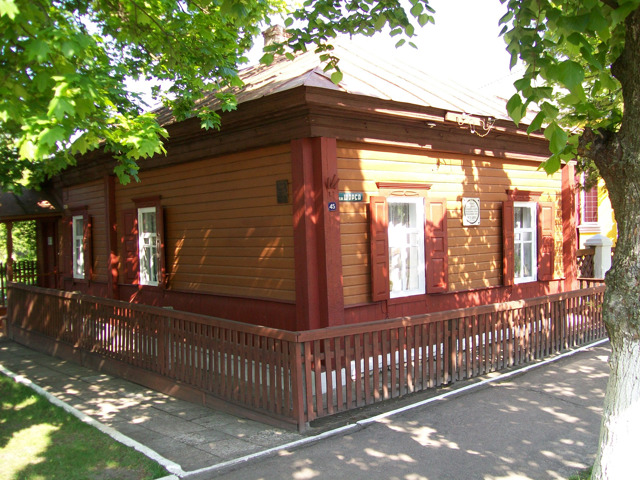
Snovsk Historical Museum
Museum / gallery
The Snovsk Historical Museum was opened in 1939 as a memorial museum of Mykola Shchors in the house where the future Red Commander, whose image was heroized in Soviet literature and cinema, spent his childhood and youth.
Shchors was born in 1895 in the village of Korzhivka in Chernihiv Region (now the city of Snovsk) in the family of a railway mechanic. Currently, the exposition of the home furnishings and personal belongings of the Shchors family, located in their wooden house built in 1894, is the memorial department of the Snovsk Historical Museum and presents the life of the railway worker's family at the end of the 19th century.
In 1961, the historical department of the museum was opened in a separate building with a local history exposition from ancient times to modern history. The exposition presents objects that tell about the first human settlements on the territory of the region, folk crafts and crafts, ethnographic features of the area. The decoration of the exhibition is a collection of towels from the Snovsk district and samples of regional costumes.
The museum also exhibits archaeological finds: objects of labor, remains of ancient animals, ceramic and glass products, Cossack cradles, railway products made at medieval mines, historical and household items of the late 19th - early 20th centuries.
Reviews Snovsk
Geographical information about Snovsk
| {{itemKey}} | {{itemValue}} |
|---|---|
| Region |
Chernihiv |
